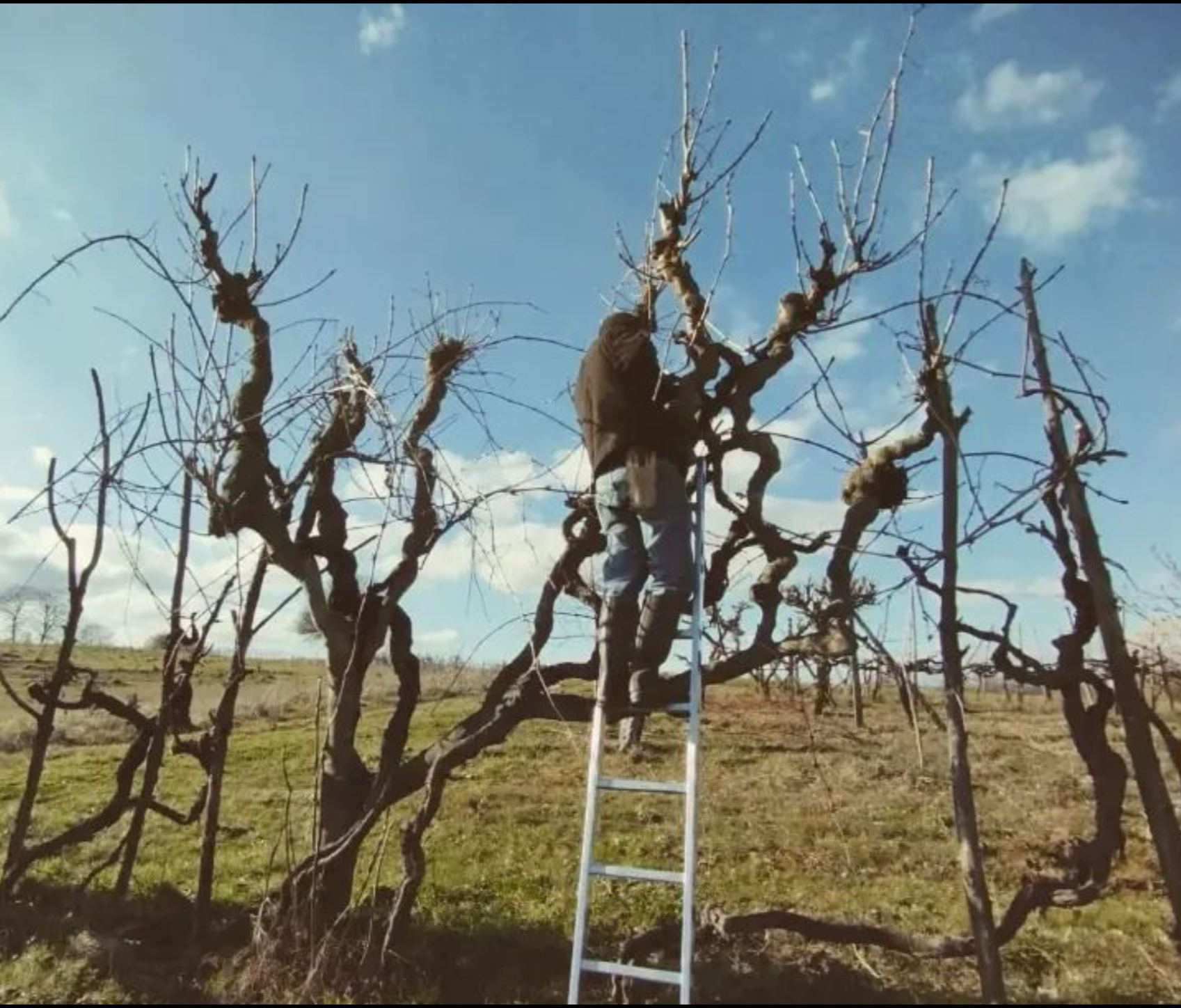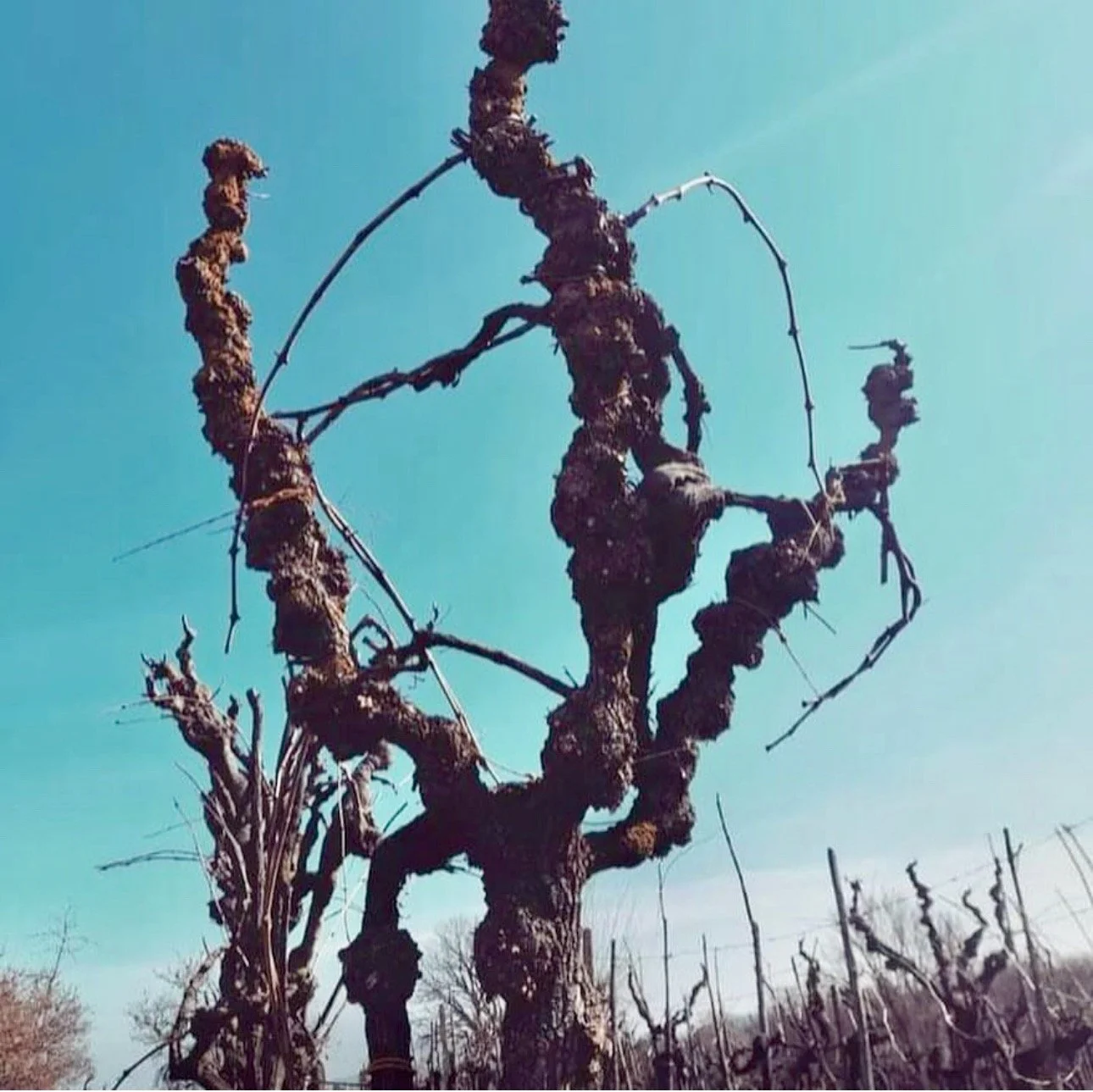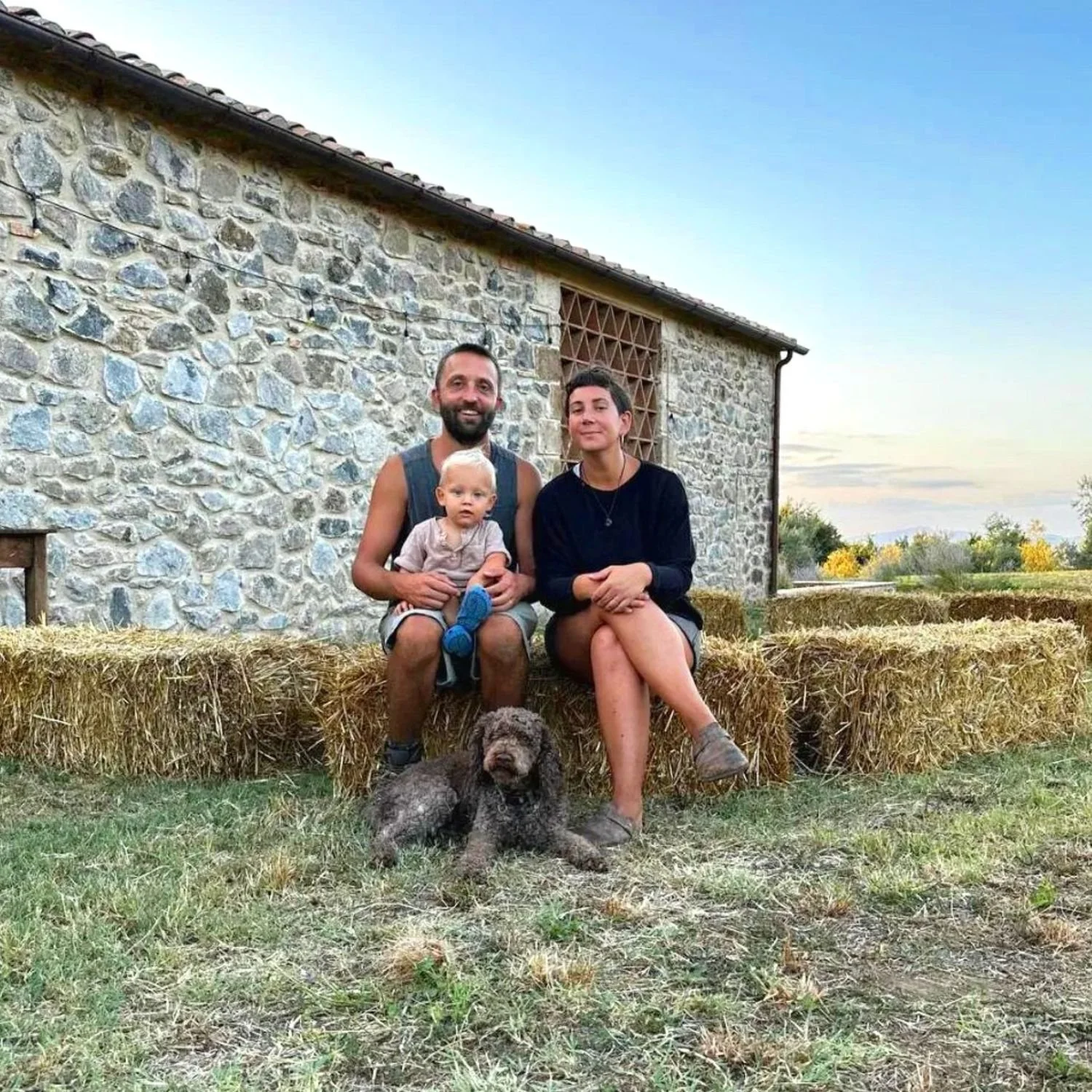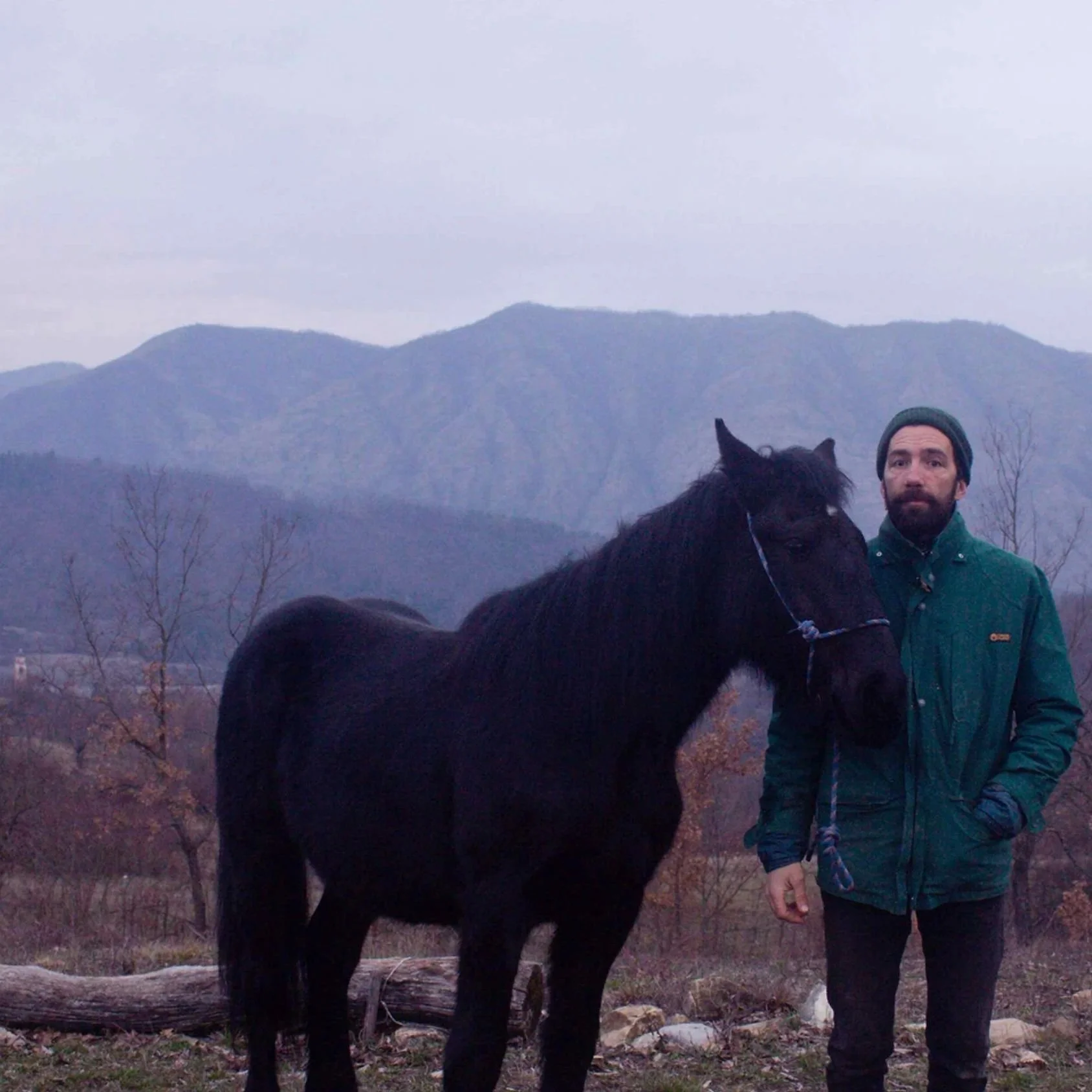It had been about 10 days since I’d returned to Italy. I'd settled into Umbria, my "comfort zone" in so many ways. I’d seen friends that are like family and made a couple of new ones along the way. Umbria is truly where my heart lies but I'd heard another calling this time, from a perhaps more rugged, wild, untamed corner of Italy... Abruzzo.
I'd been chatting at length over the past winter with what seemed like a truly inspired newcomer to the natural wine world. Samples were sent to us and we exchanged our thoughts and experiences but I could tell there was something more to this person, these wines and the place they came from. It was time for a proper pilgrimage.
Now, I've been fortunate enough to work with the amazing and inspired Iole Rabasco for going on a decade. I've come to know Abruzzo through her land, vineyards, cellar and family over the years in a way that makes it truly feel like family when we're together. Her territory is in the hills west of Pescara, nestled on the steep rolling hillsides of red clay and sand with the Adriatic on one side and the towering peak of Gran Sasso as the backdrop to the west. Her wines, her place have always been incredibly satisfying to me, and in all honesty, I wasn't seeking out other winemakers to work with in the region. One, as a sign of respect to Iole, and two, because well, there's a lot of wine in the world right now.
But, sometimes wines, people and places seek you out, and that's how I crossed paths with Simone Romano and his upstart winery Candeloro.
So I packed my bag, my bike and headed south to Abruzzo, but, to an isolated corner of Abruzzo and a route that I'd never been before. Those that know me know that this is how I've come to fall in love with each part of Italy since I first visited at age 13. A couple of espressos, my bike, and a sense of openness to new adventures, people and wines.
I drove through the back side of Umbria, through a mountain pass on a serpentine backroad crossing Lazio briefly before I saw the snow capped peak of Gran Sasso looming in the distance. The spaces in Abruzzo are bigger, more vast...stark. The mountains are bigger, the valleys are deeper, and the wines tell this story - rugged and assertive, self-made and unafraid. There's a different sense of freedom when you're amongst such landscapes, and this is what I'd come for.
Finally, some 4 hours later, I descended from the Gran Sasso massif and rolled into a high mountain valley called La Peligna that was lush and green from the heavy springtime rains. Ancient ruins on the hillsides, a herd of sheep blocking the road, melting afternoon temperatures and a dark cloud over a distant peak, all the makings of a wild arena in which to make wine.
We met at his cantina first. Simone rolled up in his 4x4 and smiled ear to ear, an immediate hug of introduction. No pretense, just joy that someone came to find him in his place. He showed me the simple winery, at this point a shared space with a couple of other small producers making wines in each corner. Stainless steel tanks, small pneumatic press and some open top fermenters...basta. The tanks were all empty as he'd bottled the vintage a month before, so we got down to the real Abruzzo stuff...grilling meat! Local cheeses, salumi and egg dishes on a simple picnic table with a couple of friends. He didn't "present" the wines to me, he pulled them out, opened them up and we casually tasted them and talked while we had a simple Abruzzese picnic. No skin maceration questions, no "how many hectares is this vineyard?" Just be with the wine, the people and the place. It's that simple.
Simone's cantina is about 40 minutes from his vineyard parcel and he had to head back to Pescara for the night to help his brother at the restaurant and take care of his wife and young daughter. We'd meet in the morning at the vineyard and do it all again.
The next morning I snuck in an early morning bike ride up the backside of the Majella national park. I wished I could spend all day riding but alas, we had business to tend to (I'll get back there one day). Simone and I met in the sleepy mountain town of Corfinio, had a caffè and cornetto in the local's bar (while the whole village of 88 year olds stared us down!). The local cop popped into the caffe and asked if it was our car that was illegally parked in the piazza. Rather than a ticket or a hairy eyeball he said “oh, there's a spot that just opened up, just move it over there when you're done with your espresso”. I liked it here already.
The Candeloro vineyard is in the even sleepier mountain hamlet of Vittorito some 600 meters above sea level clinging to the mountain. The ~ 3 hectare parcel took him nearly 3 years to find and it is made up of old vine Camplese bianco (the oldest and most historic ancestor of Trebbiano d'Abruzzo that comes from these interior mountains) and Peligno (the mountain ancestor of the modern day Montepulciano we've come to know), dating back to the 50's and 60's. The soils here are a stark contrast to those found in the hills of Pescara - rich in rocky granitic deposits descending from the mountain mixed with clay and sand.
Simone's amazing wife Roberta and their daughter made a morning picnic under a fig tree while we walked through the steep hillside vineyards, breaking a little sweat under the late spring sun and perhaps even a tinge of hunger.
The vines are sturdy trunks dug deep into the rugged landscape. They've seen hard winters and scorching summers and everything in between. Simone pointed out some of his favorite corners of the parcel, especially the ones with some shade from the nearby forest. There's a spot he hopes to plant himself in the next few years as well. We then popped some fresh bottles and had them with local mountain sheep's cheeses, (more) salumi, and even some fresh veggies to balance it all out. The wines were pristine, alive, clean and told the story of this hidden corner of Abruzzo. (Notice I haven't talked about the nitty gritty of the wines yet...it's not a mistake.)
In all honesty I could tell you all the minutia about these wines...hectares, skin contact or not, soil compositions here and there, elevation, elevage. But, at the end of the day I pour the wine in the glass, see the people that make it, the place where it comes from and you just know it's the real deal.
Simone's wines are a pure reflection of him, his vision and his place. Mountain wines that are self made with a sense of independence and clarity I haven't seen in Abruzzo in a long time. A white wine of direct press Camplese (aka Trebbiano d'Abruzzo), a skin maceration version to go with it that is elegant and pure without the pomp and circumstance of an "orange wine", a proper "cerasuolo" rosato that is perhaps the most vivid expression of the Candeloro wines at this point and a lythe, lifted Montepulciano (ahem, Peligno) that is just made to be enjoyed by all (especially with arrosticini in your hand). Again, it's that simple.
There's a lot more to this story...like the historic multi-generational fishing family that the Romano family is, the amazing seafood restaurant Simone's brother Carmine runs in Pescara (It's called Da Bacone...go there!), the plans for a proper cantina of his own in the years to come. It's all happening and Candeloro is at the heart of it.
We shared dinner with the entire Rabasco and Romano family on the last night in Pescara...it was a beautiful moment, to be with Iole and the family and her now reference point wines alongside Simone and his novel Candeloro wines on the Adriatic Sea on a hot summer night.
I found it...what I didn't even know what I was looking for.
It's your turn now.











































